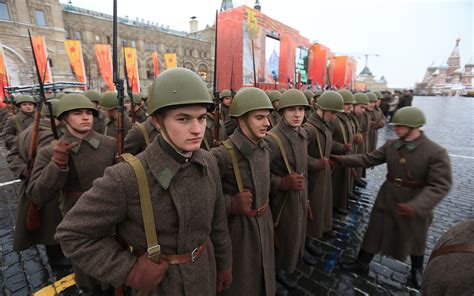
The collapse of the Soviet Union in 1991 marked the end of an era in global politics and the summary of a socio-political experiment that had spanned over seven decades. Numerous factors contributed to this monumental event, which reshaped the geopolitical landscape of the world. Understanding the complexities of the Soviet collapse requires an examination of both internal and external dynamics that converged to bring about its demise.
Internally, the Soviet Union faced a myriad of challenges that undermined its stability and viability. One significant factor was economic stagnation and inefficiency. The Soviet planned economy, characterized by centralized state control and collectivized agriculture, failed to generate sustained growth and meet the needs of its population. Inefficiencies, bureaucratic red tape, and a lack of innovation stifled productivity and hindered technological advancement, leaving the Soviet economy increasingly outdated and uncompetitive on the global stage.
The Soviet Union grappled with deep-seated political and social issues that eroded its legitimacy and cohesion. The authoritarian nature of the Soviet regime, marked by repression, censorship, and human rights abuses, bred resentment and discontent among its citizens. Ethnic tensions simmered beneath the surface, fueled by decades of Russification policies and suppression of national identities. The Chernobyl nuclear disaster in 1986 exposed the government’s incompetence and disregard for public safety, further undermining its credibility.
The Mikhail Gorbachev’s ascent to power in 1985 ushered in a period of reform known as perestroika (restructuring) and glasnost (openness). While these initiatives aimed to revitalize the Soviet system and address its systemic shortcomings, they inadvertently hastened its demise. Gorbachev’s reforms unleashed forces that the Soviet leadership could not control, including calls for greater autonomy and independence from Soviet republics, which had long chafed under Moscow’s rule.
Externally, the Soviet Union faced mounting pressure from the West, particularly the United States and its NATO allies. The arms race and ideological rivalry of the Cold War drained Soviet resources and strained its economy, exacerbating internal weaknesses. The Soviet invasion of Afghanistan in 1979 proved to be a costly and protracted conflict that further tarnished the Soviet Union’s international reputation and sapped its military strength.
Also, the rise of the Solidarity movement in Poland in the 1980s and the subsequent unraveling of communist regimes in Eastern Europe signaled the waning influence of the Soviet Union over its satellite states. The fall of the Berlin Wall in 1989 symbolized the collapse of the Iron Curtain and the triumph of liberal democracy over communism in Europe. These events emboldened nationalist movements within the Soviet Union and fueled aspirations for independence among its constituent republics.
In summary, internal and external factors precipitated the collapse of the Soviet Union. Economic stagnation, political repression, and social discontent eroded the regime’s legitimacy, while Gorbachev’s reforms unleashed forces that hastened its demise. Pressure from the West, coupled with the unraveling of communist regimes in Eastern Europe, undermined Soviet control over its satellite states and emboldened nationalist movements within its borders. The dissolution of the Soviet Union in 1991 marked the end of an era and the beginning of a new chapter in global history.